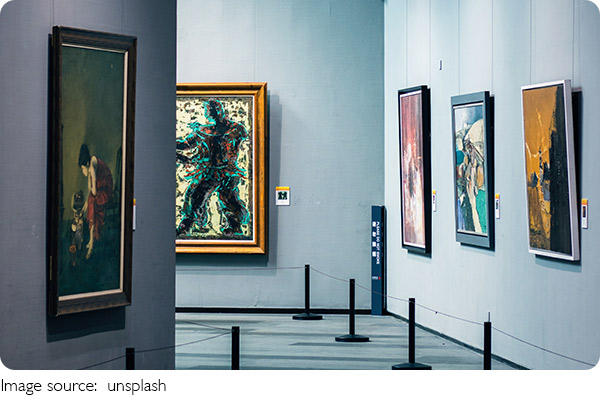Shine Bright with Glow Art

Before starting with glow in the dark painting, careful preparation is key. Gather essential supplies, including UV lights and high-quality glow paint.
Select a dark room for your project, as it helps in charging the paint effectively. The more controlled the environment, the better the glow will appear once the lights are off. Whether adorning bedroom walls with constellations or crafting eerie tabletop décor, mastering glow techniques lets your artwork come alive after hours.
Gather Supplies
Success begins with quality tools. Invest in premium phosphorescent paints rated for brightness and longevity. Stock brushes of various sizes—from wide flats for backgrounds to fine liners for details. Acquire a UV light (blacklight) to charge pigments effectively and preview glows mid-process. Lastly, designate a dark room or blackout curtains so stray light won't interfere with charging tests.
Surface Matters
Glow paints adhere best to non-porous, smooth surfaces. Primed canvas boards and sealed wood panels prevent absorption and maximize luminescence. For versatility, experiment with laminate, glass, or metal—each offers unique reflective qualities. Ensure surfaces are clean and sanded lightly; a uniform base layer of matte white primer can further amplify glow intensity.
Layering Technique
Multiple thin layers trump a single thick coat. Apply three to five light passes, letting each dry 20–30 minutes. During each layer, shine your UV light to detect patchy areas. This gradual build-up yields a uniform, streak-free glow. Between coats, gently scuff with superfine sandpaper to smooth ridges, ensuring subsequent layers adhere flawlessly.
Color Blending
Glow paints come in vivid hues—greens, blues, purples, and even neon oranges. For custom shades, mix glow pigments into clear acrylic medium. Combine complementary colors in layers: an undercoat of blue topped with green creates a shifting aquamarine glow. Avoid white bases; they can mute vibrancy. Instead, let darker undertones enrich the illuminated effect.
Brushwork Mastery
Brush choice affects glow texture. Use a soft, synthetic flat brush for broad washes, then switch to a round or liner brush for precision. To create subtle gradients—such as moonlit horizons—cross-hatch strokes in a fan pattern, blending pigments seamlessly. For star fields, use a toothbrush or stippling brush to flick tiny dots, simulating radiating pinpricks of light.
Masking and Stenciling
Achieve crisp edges with masking tape or pre-cut stencils. Apply tape before painting, burnish the edges to prevent bleed, then paint over. Remove tape only after final layer cures to reveal sharp boundaries. For repeatable motifs—moon phases or geometric patterns—use vinyl stencils that conform to curved surfaces like mugs or lampshades.
Integration with Regular Paint
Blend glow elements into traditional artwork for surprise reveals. Paint a forest scene in daylight hues, then layer glow paint on tree outlines and fireflies. When lights go out, hidden details emerge: glowing leaves or hovering moths. This dual-mode approach adds depth, making viewers discover new facets upon each viewing.
3D and Texture Effects
Enhance glow with texture mediums. Mix glow powder into modeling paste for raised relief lines—ideal for labyrinth designs or topographic maps. Once dried, these ridges catch ambient light by day and illuminate by night, casting textured shadows that enrich tactile engagement.
Safety and Care
Though most glow paints are non-toxic, ventilate solvent-based varieties and wear gloves. Protect eyes from prolonged UV exposure with safety goggles. Clean brushes promptly to avoid pigment buildup. When finished, seal projects with a matte clear coat—preferably UV-resistant—to guard against moisture and dust without dulling luminosity.
Creative Applications
Glow art shines in diverse contexts. Decorate gaming tables with secret glowing maps and safe zones. Craft glowing signage for playrooms. Transform bathroom tiles into constellations guiding midnight trips. Even fashion accessories—glow-painted shoes or handbags—add a radiant twist to evening events.
Project Inspiration
Start small: paint glowing accents on ceramic planters to spotlight houseplants after dusk. Scale up to murals—illuminate cityscapes on bedroom walls or create luminous nature scenes in cafés. Collaborate with musicians for glowbackdrops at intimate gigs, where ambient blacklights enhance live performances.

Conclusion
Glow-in-the-dark painting invites Lykkers to bridge day and night with radiant artistry. By mastering surface prep, layering, color blending, and care routines, your creations will captivate under any light—or lack thereof. Illuminate your next project and watch as ordinary spaces transform into glowing realms of boundless imagination.

 · Art team
· Art team